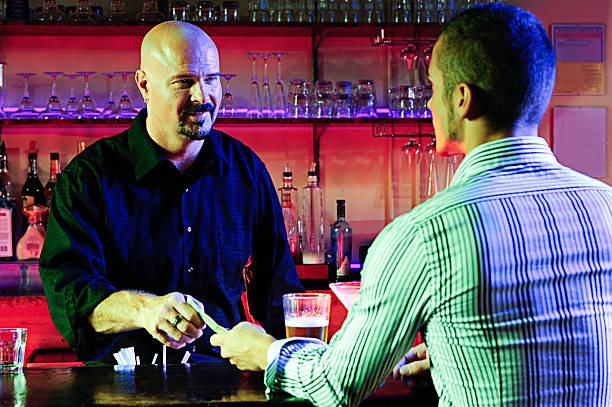Navigating liquor licenses in New York City can feel overwhelming. There are rules and steps to consider. Transferring a liquor license is possible. However, understanding the rules is important. You want to transfer correctly and legally. A liquor license allows you to sell alcohol. It is a major part of many businesses. When selling or buying a business, you need to transfer the license. The process involves paperwork and approval. You must follow the New York State Liquor Authority’s guidelines. Their website provides resources and forms. Knowing what’s involved saves time and stress. You need to check eligibility, submit forms, and possibly attend hearings. Each step has specifics you must follow. Avoid common mistakes by staying informed. This guide will help you understand the process. Knowing these steps makes the transfer smoother. You can handle the process confidently, ensuring your business operates without interruption.
Understanding the Basics
A liquor license is a legal permit for selling alcoholic beverages. In New York City, the New York State Liquor Authority (NYSLA) governs these licenses. You must follow their regulations to maintain compliance. Transferring a liquor license involves several steps. Missing any could delay your plans.
Eligibility Requirements
Before starting the transfer process, check if you meet the eligibility criteria. The NYSLA requires both parties—the current licensee and the new applicant—to meet specific standards. You must be at least 21 years old. You must have a good moral character and no disqualifying criminal history.
The Application Process
The application process for transferring a liquor license involves submitting several documents. Here’s a quick overview of the key steps:
- Complete the application form from the NYSLA’s official site.
- Submit all required documentation. This includes proof of identity and financial details.
- Pay the necessary fees. These can vary depending on the type of establishment and license.
Common Documents Required
When preparing to transfer a liquor license, gather these essential documents:
- Proof of ownership or lease agreement for the business
- Personal identity documents like a driver’s license or passport
- Financial statements
- Business plan overview
Step-by-Step Transfer Process
Transferring a liquor license requires careful navigation. Here’s a simplified process:
| Step | Description |
| 1. Review Requirements | Ensure both parties meet eligibility criteria. |
| 2. Gather Documents | Collect necessary documents and information. |
| 3. Submit Application | Fill out and submit forms with supporting documents. |
| 4. Attend Hearing | Attend any required hearings or meetings. |
| 5. Receive Approval | Wait for NYSLA’s decision and finalize the transfer. |
Potential Challenges
Transferring a liquor license can present challenges. These include delays in approval or missing documents. Avoid setbacks by double-checking all details. Make sure that forms are completed accurately. Following each step ensures a smoother transfer.
Benefits of Proper License Transfer
Transferring a liquor license ensures legal compliance and business continuity. It protects your investment and supports a seamless business operation. A properly transferred license allows you to continue serving customers without interruption.
Conclusion
Transferring a liquor license in New York City is possible with the right preparation. Follow the NYSLA’s guidelines and complete each step carefully. This approach will save you time and hassle. Understanding the process ensures that your business remains compliant and operational. Stay informed and approach the transfer with confidence.


